Cellpia Stem Cells
WHY Cellpia
Why Stem Cell Regenerative Medicine?
10 billion cells are created and die in the human body every day, whereby the number of cells is maintained at a certain level. However, in order to make a replenishment for the cells that died of external shocks, carcinogens, or aging, the body will need a greater supply of new cells. Stem cells with self-replication ability come to the damaged tissue or organ on their own to relieve inflammation, and regenerate and strengthen tissues! Cellpia is at the heart of regenerative medicine that serves to regenerate aged cells and prolong life in a healthy way.
Stem cells turn old cells into new cells
-
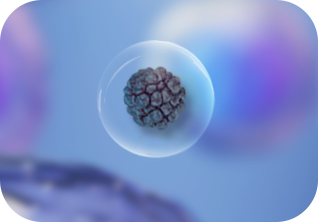 Old stem cells
Old stem cells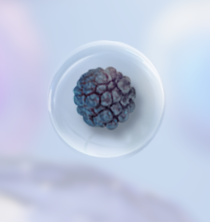
-
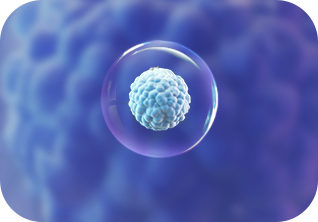 New stem cells
New stem cells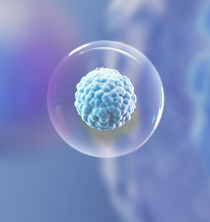
Stem cells are undifferentiated cells that can differentiate into several types of cells. Cellpia Clinic uses adult stem cells that can be used for treatment. Adult stem cells can be differentiated into cells with special functions of tissues or organs. It is differentiated into cells of a specific tissue when necessary. Stem cells travel throughout the body to regenerate vascular endothelium and damaged tissues. The cells supply oxygen and nutrients to the body and transform old cells into healthy cells and regenerate them, leading to an effect on improving body function. Stem cells facilitate metabolism and blood supply by regenerating damaged blood vessels, which has therapeutic effects on various adult diseases and metabolic diseases. The cells are emerging as a new paradigm in dementia prevention by helping activation of new brain cells by administering stem cells into the blood vessels of the brain. In addition, stem cells regenerate cells related to the immune system, and accordingly, strengthen the immune system, serving to prevent diseases caused by various viruses.
Stem cells are injected intravenously or treated on the skin or scalp, and thereby, regenerate damaged cells that cause aging and bring about the effect of aging slowing down and being younger and healthier. The stem cells are beneficial not only for the regeneration of the skin damaged by burns, wounds, etc. but also for skin care. Stem cell treatment is a safe procedure that can be applied throughout the body including prevention and treatment of vascular diseases by strengthening blood vessels, cartilage regeneration, muscle and ligament regeneration, pain treatment, skin regeneration, immunity enhancement, health care, functional medicine for men and women, and various degenerative diseases.
-
01Adult stem cell
Adult stem cells can be extracted from bone marrow, blood, fat, and cord blood, and serve to supply new cells to replace the dead cells that died of external shock or aging.
-
02Embryonic stem cell
The embryo until the 14th day from fertilization between sperm and egg is called an embryonic stem cell, and after then, it is classified as a fetus. It is a cell capable of being differentiated into cells of all tissues, but for regulatory and ethical reasons, such use is prohibited.
-
03Induced pluripotent stem cell
It is a cell that is created by reversing the differentiated somatic stem cells to the pre-differentiation stage. It has a high tumor incidence rate and is therefore only used for research in laboratories.
-
Mesenchymal stem cell
It is also called stromal stem cells and is present in bone marrow, fat (especially the lower abdomen), peripheral blood (few), and joints (very few). It can be differentiated into various tissue cells such as bone, cartilage, muscle, ligament, and fat through proliferation and differentiation.
It is one of 250,000 cells in the bone marrow of an average 35-year-old adult and decreases with age.
-
Hematopoietic stem cell
It is mainly present in the bone marrow and has the ability to produce blood cells such as white blood cells, red blood cells, and platelets through proliferation and differentiation. It is also present very little in the blood and can be differentiated not only into blood cells but also into various tissue cells such as bone, muscle, nerve cells, endothelial cells, liver, lung, stomach, and skin.
It is one of 10,000 to 15,000 cells in the bone marrow and does not decrease with age.
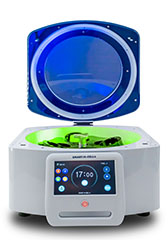
-
02Embryonic stem cell
The embryo until the 14th day from fertilization between sperm and egg is called an embryonic stem cell, and after then, it is classified as a fetus. It is a cell capable of being differentiated into cells of all tissues, but for regulatory and ethical reasons, such use is prohibited.
-
03Induced pluripotent stem cell
It is a cell that is created by reversing the differentiated somatic stem cells to the pre-differentiation stage. It has a high tumor incidence rate and is therefore only used for research in laboratories.
WHY Cellpia Stem Cell?
Why are Cellpia Clinic's stem cells so effective?
The core technology of Cellpia Clinic is to extract stem cells in the safest and healthiest way possible in the process of collecting many stem cells for treatment. It is an undifferentiated cell that has the multi-differentiation ability to be differentiated into all cells and self-replicating ability and is present in small amounts in the human body. Since cells must remain inactive and not damaged in the stem cell selection and enrichment process, to be activated in the body and to exert the original function of stem cells, cell extraction technology is very important in stem cell therapy.
Cellpia Clinic is an advanced stem cell extraction system certified as a new medical technology, and it can selectively collect cells without damage and extract high-concentration stem cells, and injects the stem cells together with cells such as growth factors, white blood cells, platelets, and SDF-1α, which are essential for regeneration.Since the treatment is performed by highly skilled medical professionals using cells with as much a survival rate as 98% sufficiently, rapid treatment results are ensured so that patient satisfaction with the procedure is high. The Cellpia stem cell treatment is a safe procedure with few immune rejection reactions and side effects because the cells extracted from the patient's own blood, bone marrow, and fat are used directly without culturing.
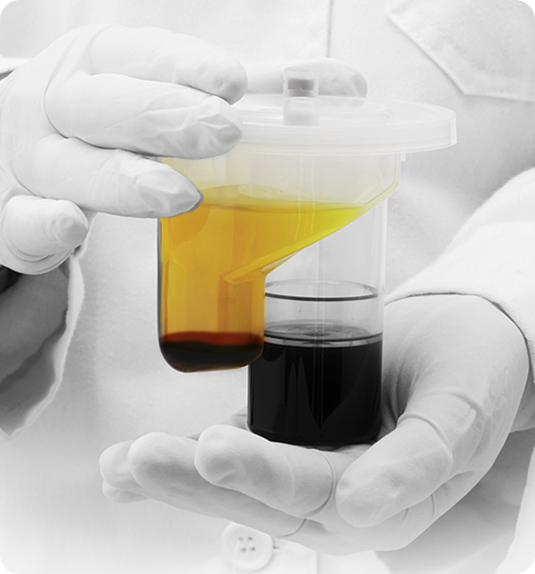
Total Cell Stem cells - white blood cells - growth factors - platelets - red blood cells
Cellpia Multi Cell
-
Stem Cells
Stem cells that are repeatedly differentiated into living cells have excellent regenerative ability and can be differentiated into cells of a specific tissue when necessary.
It is the adult stem cells that supply new cells to continue to do the same function in replacement of the dead cells that died of external shock or aging.
Stem cells regenerate vascular endothelium and damaged tissue and provide oxygen and nutrients to the human body to restore and improve bodily functions.
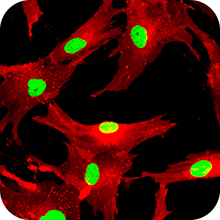
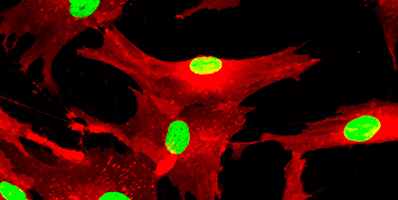
-
Leukocyte
As a type of blood cell, it is a cell of the immune system that protects the body from infectious agents.
Neutrophilselease cytokines that control the body's defense system and send immune cells to the inflammation area
Eosinophilsinvolved in the immune response to allergies and parasites
Basophilsrelease histamine to dilate blood vessels
Lymphocytesattack virus-infected cells or tumor cells
Monocytesattack pathogens by amplifying antibody responses


-
Growth factor
SDF-1α It serves as a navigation system for sending stem cells to the treated area.
PDGF It promotes fibroblast and osteoblast proliferation.
TFG-β1 It promotes chondrocyte proliferation.
EGF It promotes epithelial cell proliferation and wound healing.
VEGF It promotes vascular endothelial cells and improves blood flow.
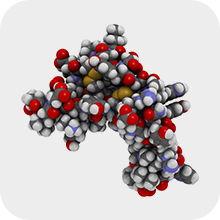

-
Platelets
It is a very important ingredient in healing tissue damage and helps increase the activity of cells related to blood circulation, promote cell proliferation, promote blood vessel formation and suppress the inflammatory response.
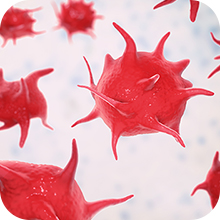

-
Red blood cells
It transports oxygen and relaxes and dilates blood vessel walls to induce normal blood flow and releases free radicals.
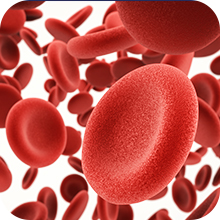

High-quality stem cells with as much a survival rate of 98%
By injecting a sufficient amount of the selectively collected live stem cells with as much survival rate as 98%, it can be expected to have an excellent therapeutic effect. With the shortened treatment period, patient satisfaction is also high. Clinical test for comparison of equivalence with Harvard product (SmartPrep 2) has been successfully conducted at Seoul National University Bundang Hospital.
Total Cell from Bone Marrow Analysis Comparison
![]()
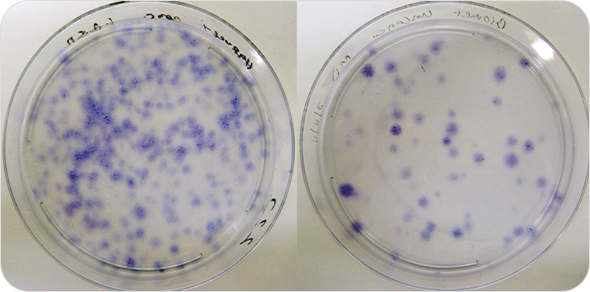 Cellpia Stem Cells
Normal Stem Cells
Cellpia Stem Cells
Normal Stem Cells
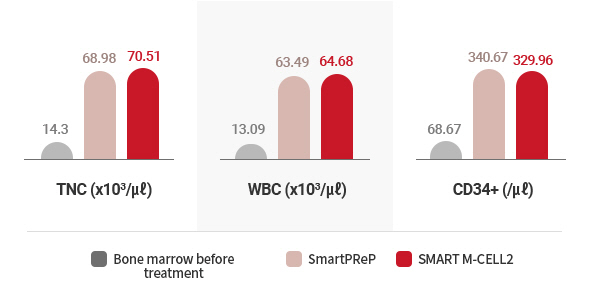
Standard of stem cells, Cellpia
-
Long history of procedures · clinical experience
Partnering with Harvard University, Cellpia has treatment experiences of more than 2,000,000 cases worldwide, and more than 200,000 cases in Korea. In case of rare and incurable diseases, Cellpia can work in collaboration with faculties from domestic and foreign medical schools.
-
Cutting-edge medical technology
The safety and effectiveness have been recognized via FDA, KFDA, BSI, CE, etc. The ISO13458 and ISO9001 certification has been obtained.
-
Approved safe procedure
Under a world-class cutting-edge stem cell system that has been officially certified by the Ministry of Health and Welfare and the Ministry of Food and Drug Safety, Cellpia performs the procedures using safe and proven stem cells.
-
The procedure is usually done on the same day without hospitalization
Since the stem cell procedure is performed through the selective cell separation and concentration process at the in-house Cellpia laboratory on the same day after one-on-one personalized consultation, and blood, bone marrow and fat collection, the patient does not need to be hospitalized.
-
Cell banking for stem cell storage
You can safely store immune cells and stem cells when you are healthy at Cellpia's in-house laboratory. Cellpia has a gene storage system where the analyzed stem cells by type and purpose can be stored in a way to ensure that they can be used to treat unexpected infections or future diseases.
-
Medical institutions that train medical professionals
With Cellpia global platform/academy operation, Cellpia has a system that transfers and educates domestic and foreign hospital medical staff on stem cell treatment know-how. Cellpia is an institution that treats overseas patients in active interaction with global medical staff through professional medical membership.






